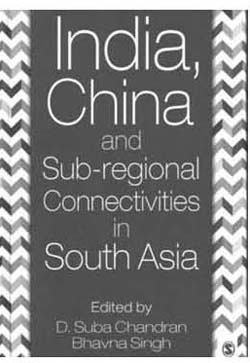Connectivity between India and China has always been a difficult issue. Historically, though there was flow of ideas and goods between the two sides, these connections were lost over time. With the economic rise of both India and China the debate over the benefits which border trade and connectivity can provide for further development of the region has gained momentum. To encash this India and China started border trade at Nathu La in July 2006. India, China and Sub-regional Connectivities in South Asia looks at various aspects of these new emerging connections and also discusses areas where the countries of the South Asian region can build contact which will help in further improving the economic situation of the region. The book is divided into two major parts. Part I is called Border Trade as a Means of Integration in South Asia and Part II is called Expanding Connectivity for Greater Cooperation.
Li Tao highlights the role which the Sichuan Model can play in South-South Cooperation (p. 4). He further adds that the increasing trade in this region can immensely help Sichuan as well as the South Asian region (p. 10).
One of the major hurdles with respect to building border trade between India and China is the border issue. The border is disputed and demarcated and thus has not been perceived as a source of trade. However, as argued by Teiborlang Kharsyntiew, ‘It is only of late that there is a general understanding that borders as product of colonial construction and source of conflict need to be relooked at and collectively tap the untapped resources such as oil and petroleum, hydro power, forest products, horticulture and floriculture and tourism of this sub-region’ (p. 61). He further argues that globalization has played a crucial role in transforming national boundaries into economic opportunities (p. 68). To add to this, Uttam Lal argues that, ‘Stereotypical barbed wires should give way to better communication channels and routes with ever increasing flow of (regulated) people and trade commodity’ (p. 90).

